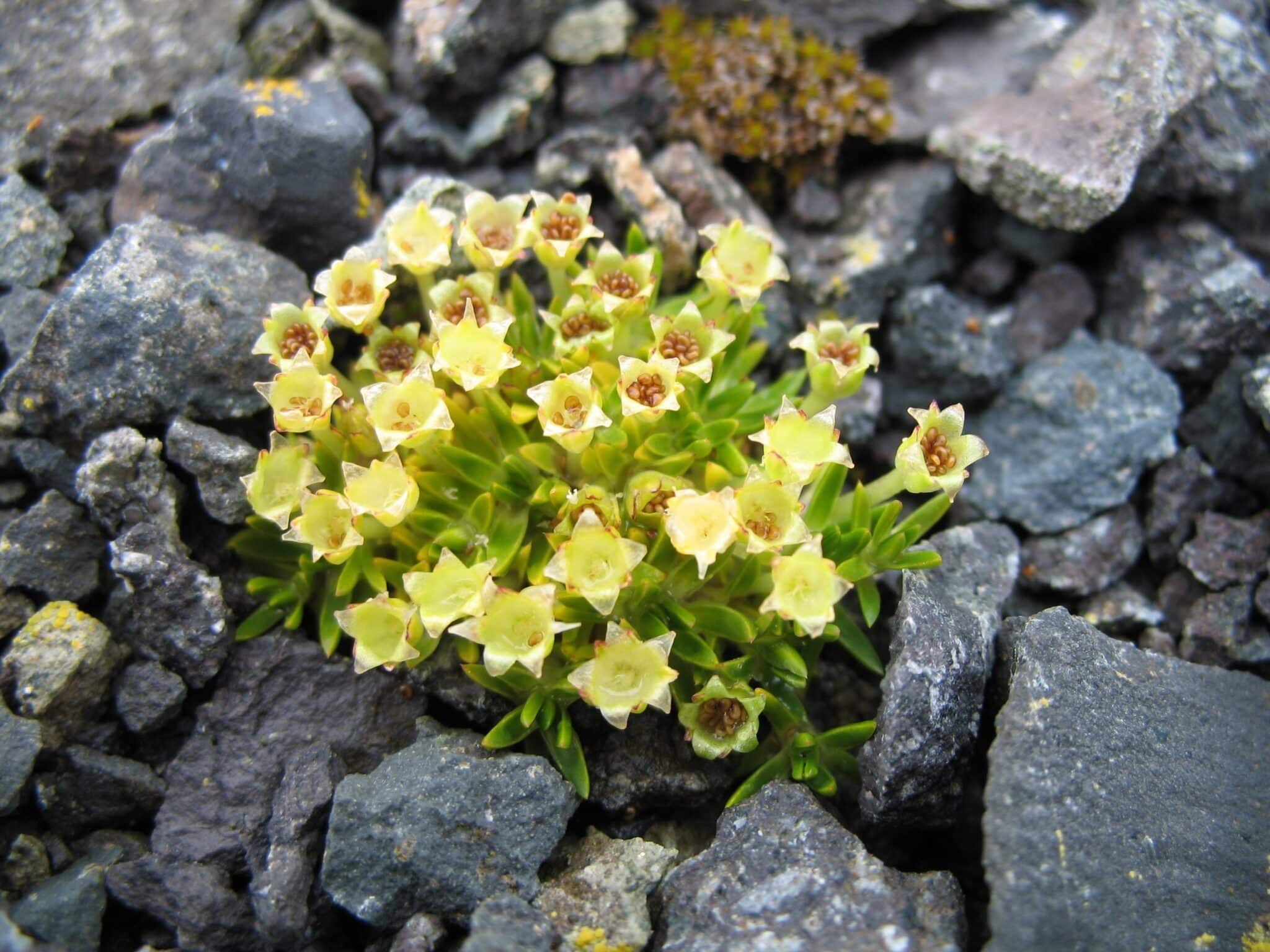While survival in places with extreme environments like Antarctica might appear challenging, 5 remarkable plants have found ingenious ways to live, endure, and flourish effortlessly.
So, go through this whole article to explore the top five plants that live in Antarctica despite of the freezing cold temperatures.
Table of Contents Show
5 Plants That Live In Antarctica
According to the present study, there are 2 flowering plants, about 250 Lichens, 1000 Fungi, 100 mosses, and 700 Algae in Antarctica.
Although the plant diversities are limited, all of these plants have unique adaptation strategies to grow successfully in Antarctica.
1. Flowering Plants
Finding booming plants in Antarctica is very hard. But the grassy plants, like Antarctic Hair Grass and Antarctic Pearlwort, are hardy and survive easily there.
Antarctic Hair Grass is a common grass in Antarctica that can grow up to 10 cm tall and near thin, narrow leaves.
This plant can survive extremely low temperatures and live even if it gets buried in the snow for several weeks.

You can see the beautiful green flowers during the summer months blooming in the rocky places, slopes, and Penguin habitats.
Additionally, you can also notice incredible yellow blossoms of Antarctic pearlwort growing in the places where sun rays are abundant during summer.
These plants have a bushy and cushion-like shape, with each reaching about 5 cm in height.
2. Mosses
Mosses are also one of the common plants that live in Antarctica.
Mosses grow abundantly in such places and aid in providing food and shelter for many living organisms in Antarctica.
Thus, birds like Penguins prefer to live in places where mosses grow widely as they can get warmth and food at the same time.
3. Fungi
Fungi are the most common plant varieties that grow in almost all parts of the world, including Antarctica.
You can find large as well as small fungi in the moist places of Antarctica. Mostly, you can find them where dead materials are abundant.
The fungi that grow in Antarctica include yeasts, molds, rusts, etc. They also help in decomposing the dead matter and form soil.
Additionally, you can also find the higher fungi like puff balls and mushrooms. You can find it in various places like soil, rocks, etc.
4. Algae
Algae can grow everywhere in wide areas like water, moist lands, rocks, etc. Some Algal species are visible, whereas some are impossible to notice with the naked eye.
Varieties of Algae that grow in Antarctica include Ice Algae, water Algae, subglacial Algae, etc. They help to support lives in the ecosystem.
Moreover, algae is the source of food for Penguins in Antarctica. They are hardy and adapt to harsh conditions like low light, decreasing temperatures, etc.
Additionally, algae are the main components for scientific research nowadays in this continent as they react easily in changing environments.
5. Lichens
Lichens are the combination plants of both Algae and Fungi. These plants can survive in very harsh conditions.
Mostly, Lichens grow in barks, walls, and other substrates in colder regions. But they grow only in rocks in Antarctica as there are no trees or old walls.

As this plant contains both Algae and Fungi, survival is very easy with the help of both organisms. Algae provides shelter, whereas Fungi aid in supplying food for Lichen growth.
Moreover, Lichen prefers to grow in less polluted areas. As human settlement is difficult there, it is the perfect place for Lichens to grow.
From Editorial Team
Number Of Plants Are Increasing In Antarctica!
Although very few plant varieties were found in Antarctica in the past, the number of plant varieties is gradually increasing in the other empty spaces due to extreme climatic influence.
This global issue is not a good sign for the people and other living beings in other places of the earth. To save our survival, we must do something to fix this issue soon.
